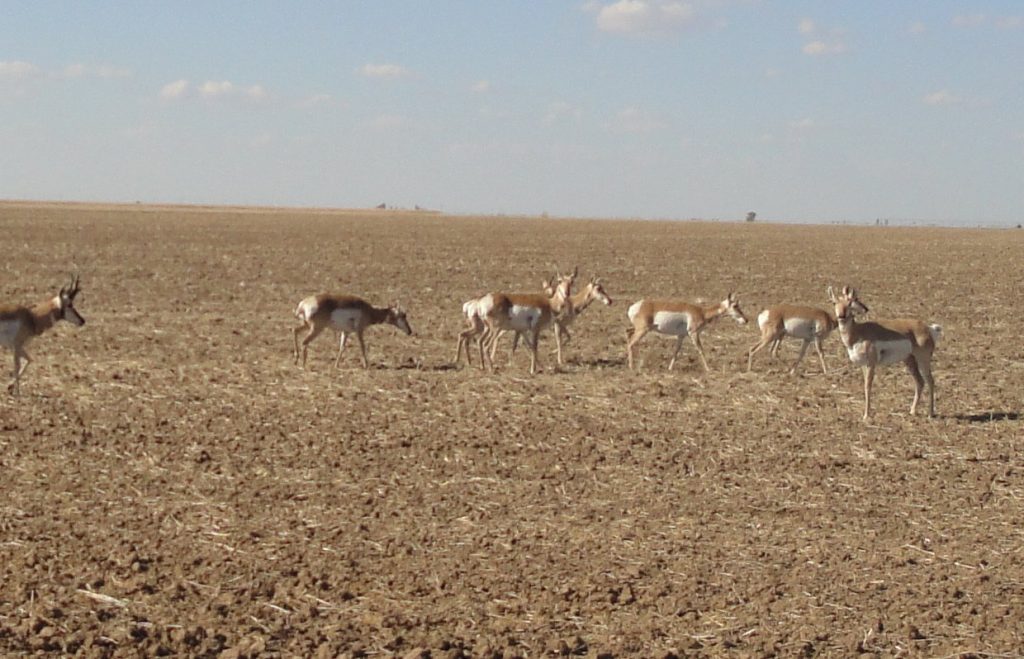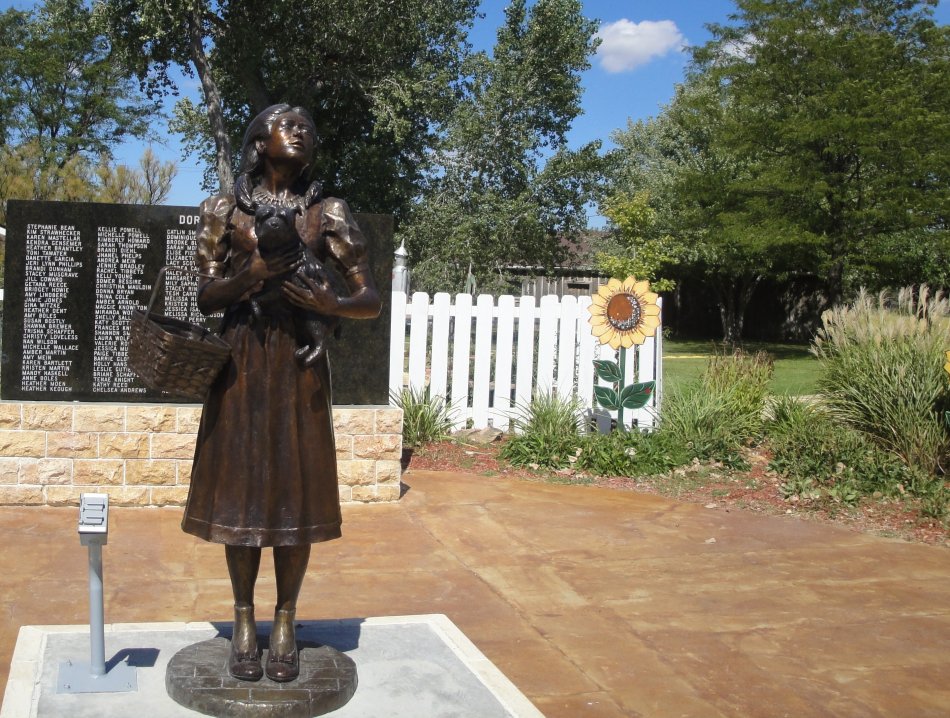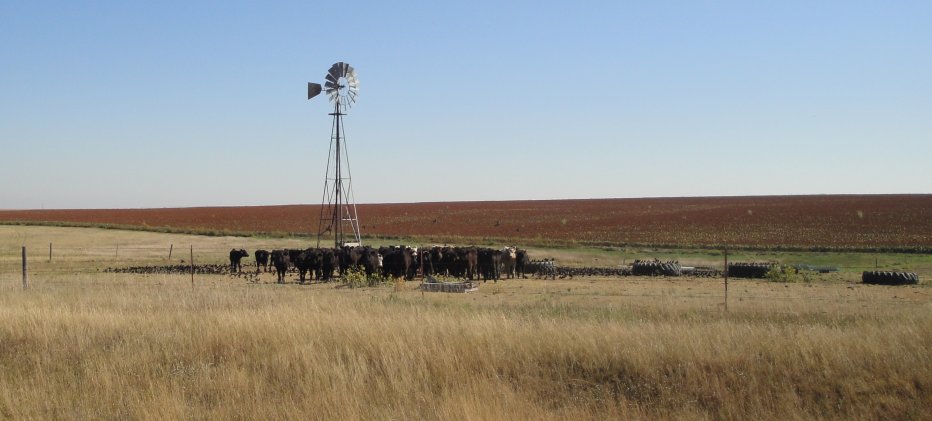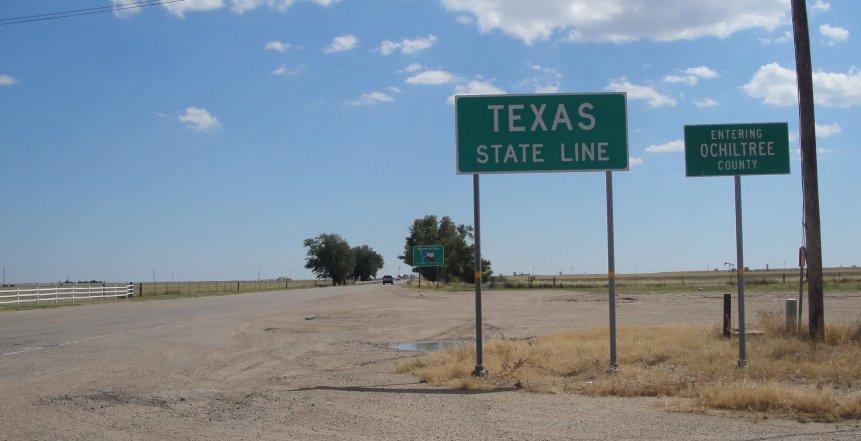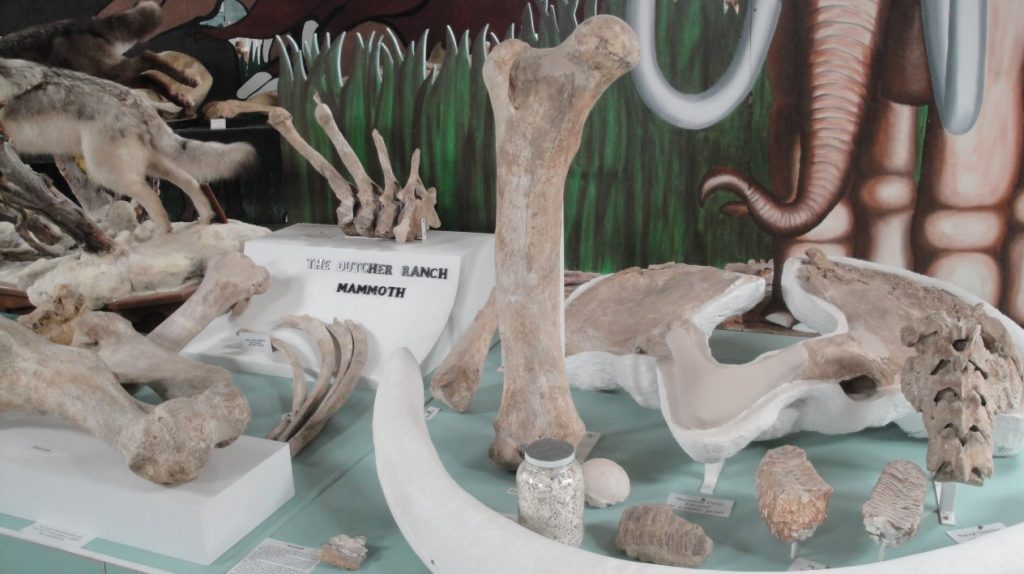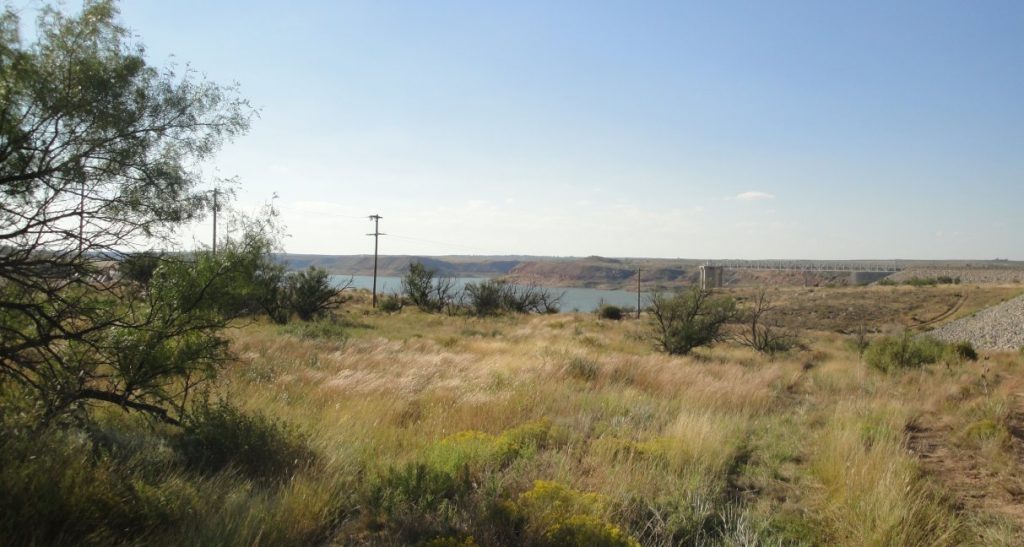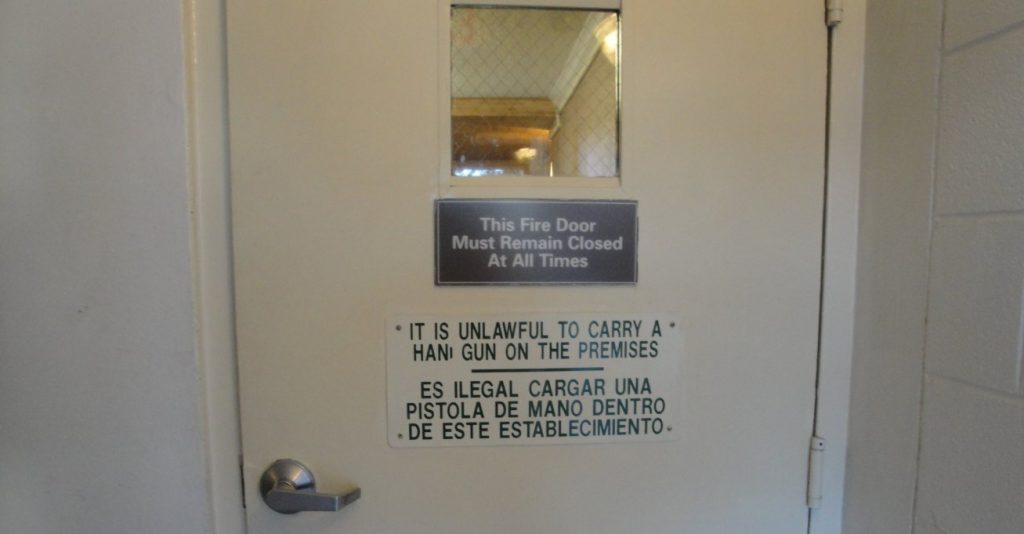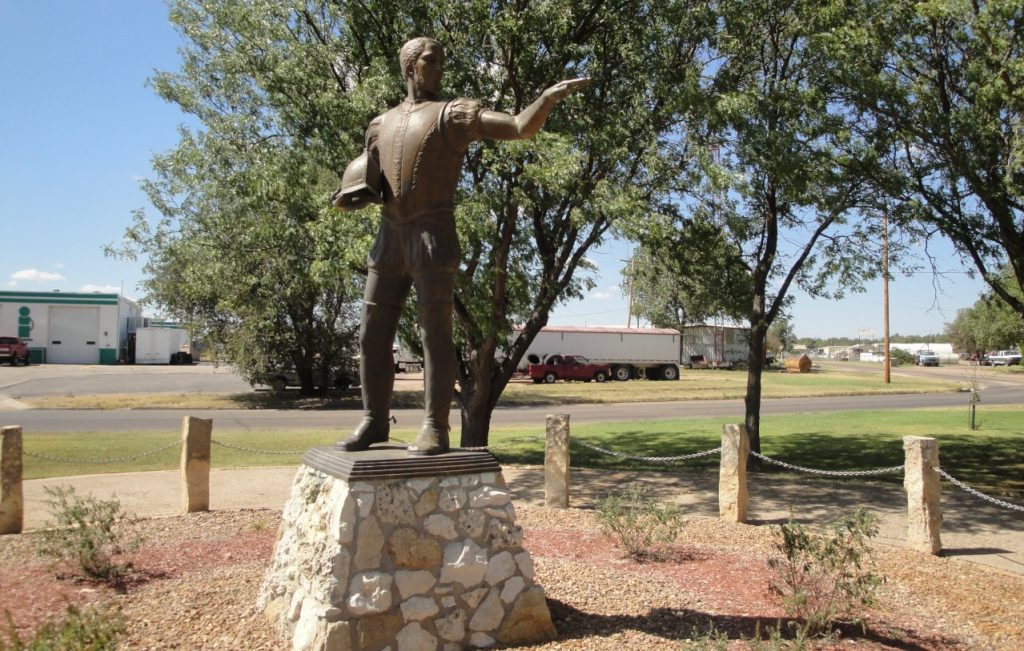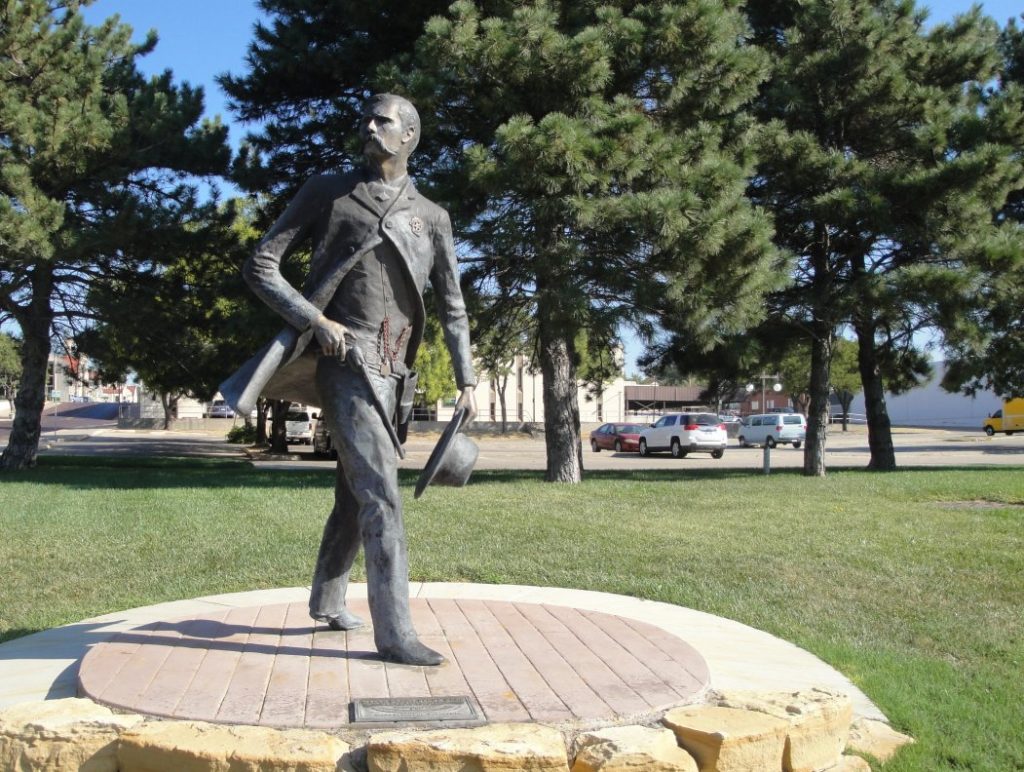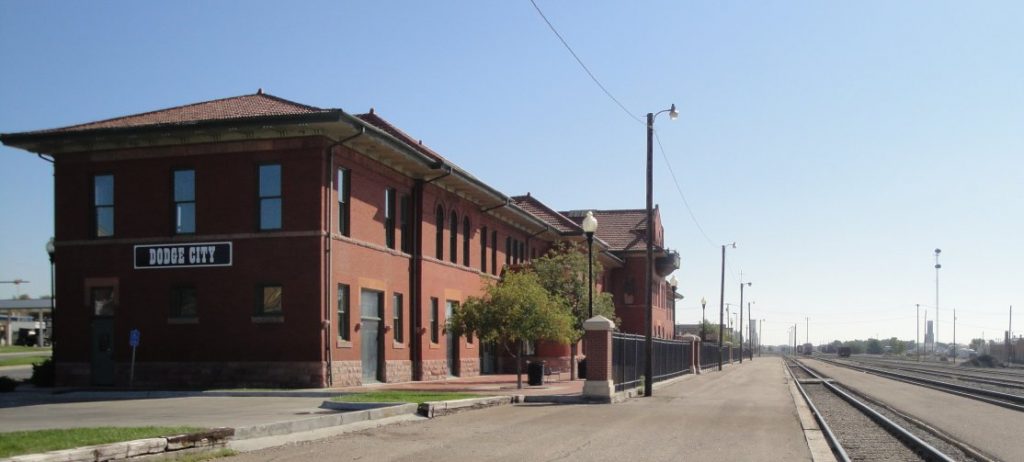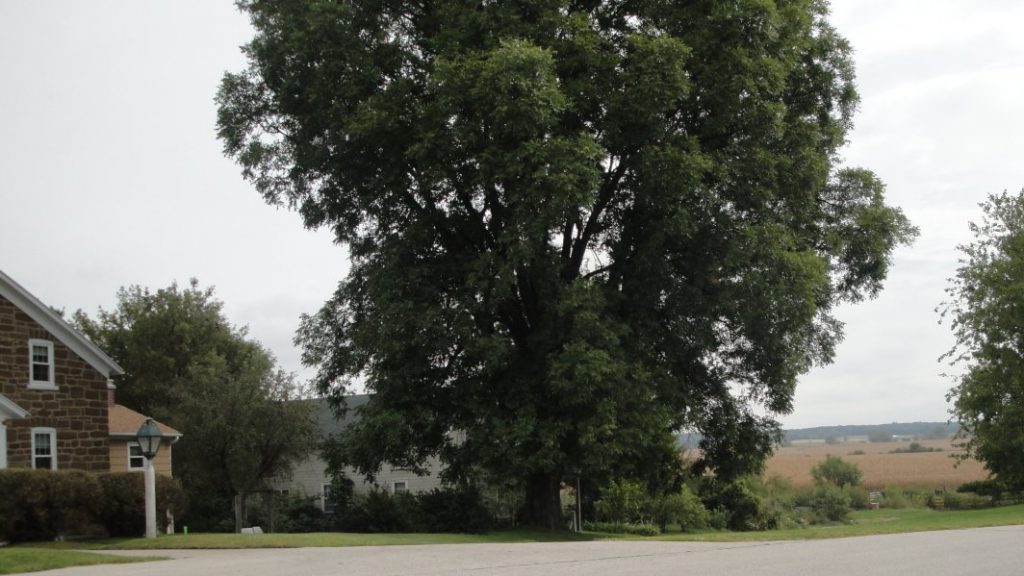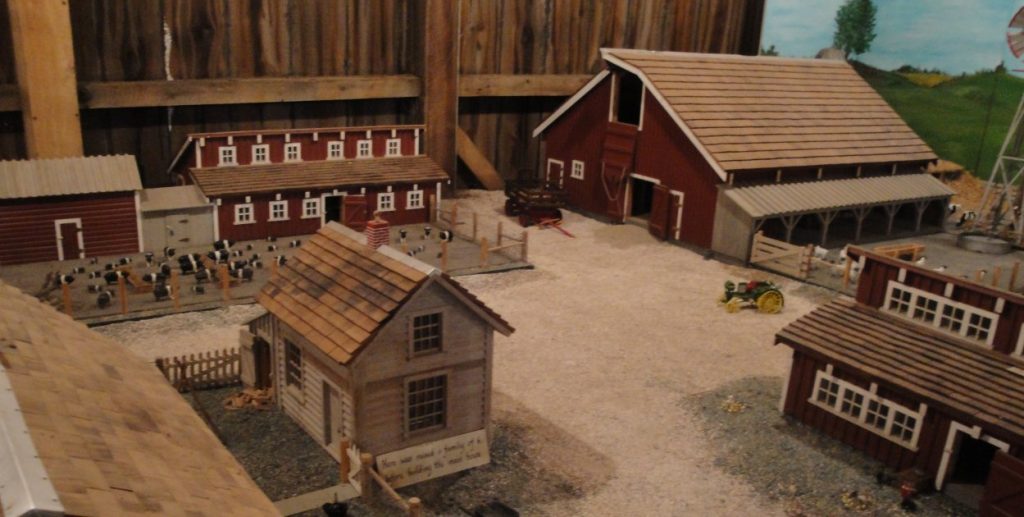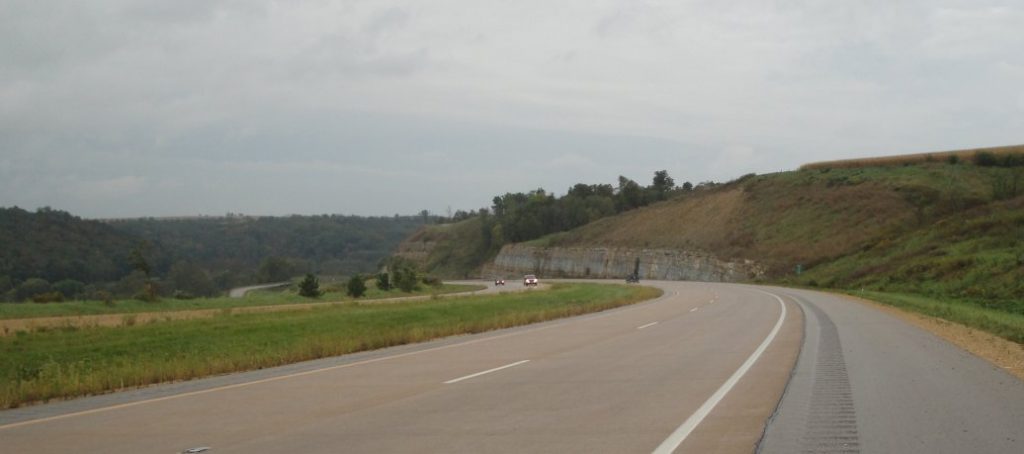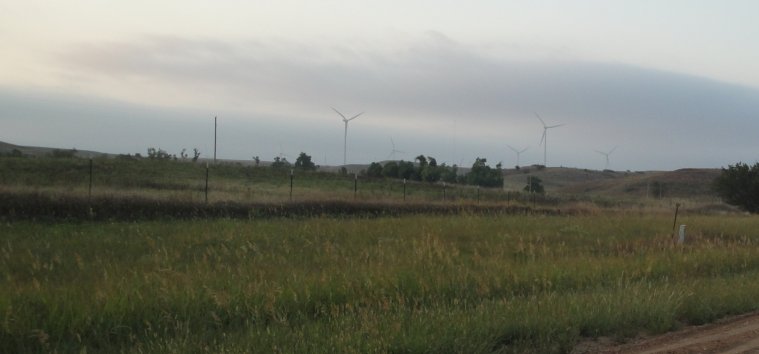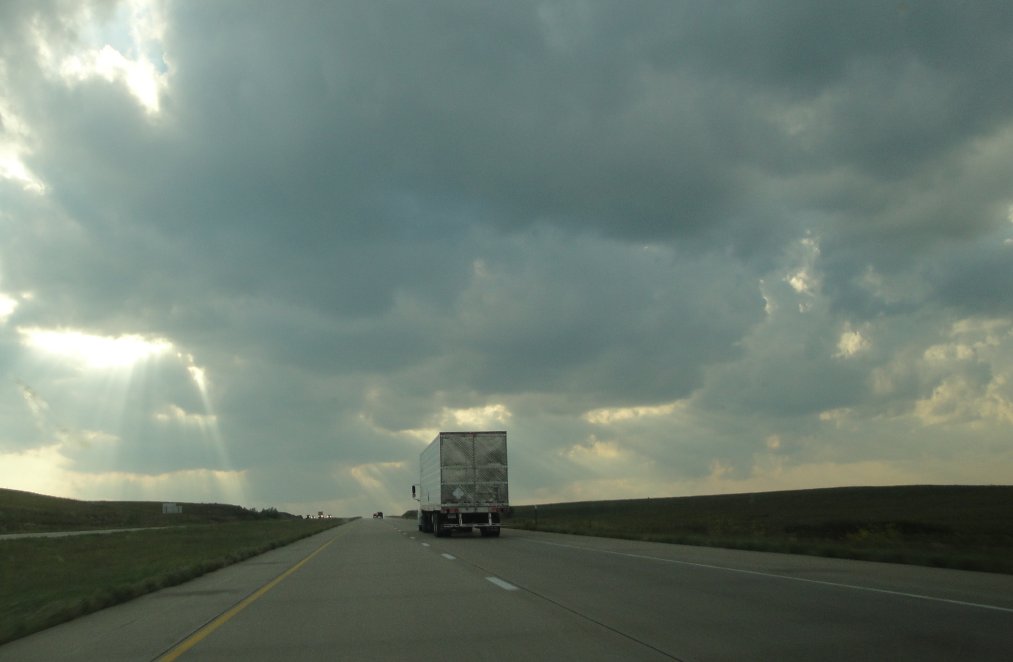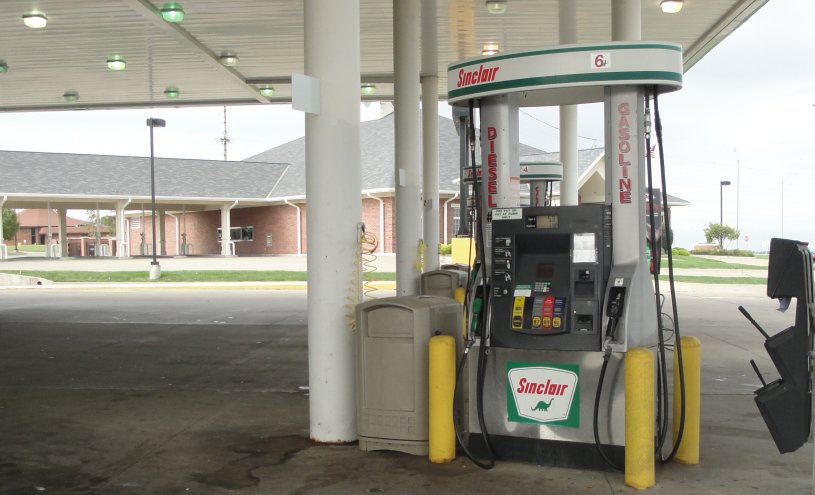Big issues are perennial. Just details and names change. I recall debating industrial policy back when I was studying for my MBA more than twenty-five years ago. Conventional wisdom back then held that Japan, with its mastery of industrial planning, would overtake the U.S. as the world’s leading capitalist economy. Meanwhile, the Soviet Union, with its capacity to focus and centrally command resources, would catch up in the security arena. Our only hope, some argued, was to adapt their methods to our own ponderous, unorganized and chaotic economy through industrial planning.
Things didn’t turn out the way experts predicted/feared. Within a decade, Japan had plunged into an unpleasant and persistent recession that called into question the prowess of the planners. The Soviet Union went out of business entirely, collapsing under the weight of its own centralizing bureaucracy and structural inefficiencies. Gorbachev’s perestroika (restructuring) failed to change the facts on the ground or in the factory; his glasnost (publicity) served only to show the people the previously hidden hideousness of the decaying communist system. But these things that are so blindingly obvious with hindsight eluded the analysts at the time. *
The U.S. did not adopt a coherent industrial policy, but over the next quarter century grew much faster and created millions more jobs than those places, such as France or Japan, that had something approximating one.
Last time we talked seriously about an industrial policy was in the early-mid 1980s, when we were just coming out of a hard recession and people were uncertain about the future. It is no coincidence that in the conditions of today we are talking about it again. It is a hardy, perennial weed that thrives when things get bad and pessimism dominates. But I think the debate has improved, since it is informed by a generation of real experience. Beyond that, researchers have finally begun to explain in theory what people understood in practice for long time – how distributed but aggregated (i.e. market mechanisms) work. The “hidden had” is not as indecipherable as it once was.
I am a simple person and I like the “Economist” magazine because it explains things in simple ways. I suggest you look at these links if you want more background. here & here.
We can all recognize that every country in the world has something we could call an industrial policy but that none (even the most monotonously oppressed such as North Korea) has complete control of its economy. We spent a lot of time arguing a kind of yes or no industrial policy when I was back in school in 1983, but we were just stupid kids scoring rhetorical points on each other. Like most things in life, the question of industrial policy is one of gradations and implementation. In that regard, a little industrial policy is good, but at some point it becomes poisonous and some applications are better than others.
The best policies take advantage of preexisting advantages or propensities. Identifying exactly what those are is easier said than done, but let me give an obvious example. The State of South Dakota probably doesn’t want to invest a lot in becoming a low cost exporter of bananas. You CAN grow bananas there, in greenhouses. And there are some wise guys (sorry wise men) who will correctly tell you that there is plenty of naturally occurring hot water underground in parts of the state to heat them. But how stupid would you have to be to follow that advice? Politicians often don’t want to hear this, since much of the business of politics is to reward followings. Ironically, the reward is much sweeter when it is for something silly. If the recipient can do it w/o the help of the politician, he is likely to feel less grateful.
Another characteristic of successful industrial policy is NOT to pick winners and losers. The government does best when it creates general conditions for prosperity and then allows the people to make choices & investments that make the most sense to them. In other words, there is a good place for planning but not for the planner. More correctly, the planning is done by the people in that effective distributed but aggregated fashion I mentioned above. Remember how much trouble centralization caused the Japanese and the Soviets. Don’t do it. Once again, this is not something that comes easily to politicians. Picking winners and losers is a big part of political power. That power is the reason lobbyists line up to kiss the politicians asses and contribute big money to political campaigns. How is it that big firms are willing to cut big checks to “charities” recommended by politicians? They expect it to pay off if/when the guy they are backing wins.
The pressure to politicize decision making – for good as well as bad motivations – is the second biggest hazard of industrial planning. The first biggest hazard is lack of timely, useful and accurate information in sufficient detail to allow decision making by the experts. That is precisely why we should not give them much decision making power. Like the watch making god of the Deists, they should set up the system, with its incentives and attributes, enforce the rule of law but otherwise let it grow by the decisions of the participants, intervening only to address true emergencies. This is essentially how it worked with the Internet, one of the most successful U.S. forays into “industrial policy.
The idea that you COULD have an industrial policy that was centrally run, comprehensive and innovated – all at the same times – is a supreme example hubris. Even stipulating that they are smart and honest, what are the chances that politicians or bureaucrats have the information or vision needed to choose tomorrow’s technologies and technology leaders? The record is not encouraging.
And the record goes way back. The Roman Emperor Diocletian did what we would call comprehensive industrial planning. It helped lead to bankrupting the empire and hastened the development of what we would later call serfdom. In more modern times, industrial policy has been associated with mercantilism. A lot of that originated in France in the early 1700s, when France was Europe’s predominant economic power. Suffice to say, it didn’t work out and France didn’t stay on top.
The free market requires government for some infrastructure projects, rule of law and provide for the common security. There are some things that have to be decide politically. But for everything else, we are better off deciding for ourselves the things that we care about the most and have the most information about and having faith that our fellow Americans will do the same for the things they know about.
—————————-
* My professor for business policy, a guy called Bruce Erickson, is one of the only serious people I know who openly and unequivocally predicted the imminent demise of Soviet tyranny. I still remember his simple structural proposition. He understood there were other factors, but this was the new part. Again, today this looks obvious, but in 1983 it was fairly new. He explained that the mainframe computer had been the salvation of communist central planning. They could control access to information and still do the needful computations. But the personal computers, which were just becoming common at the time, would be the death of central control because they decentralized information and decision making.
The communists had two options. They could give up a lot of control and then it wouldn’t really be communism anymore. Or they could resist the new technologies and make their system obsolete a little faster. In fact, the Soviets tried first restrictions and then let loose, so that both things hasted their system collapse. The Chinese saw this and refused to liberalize their political system, repressing dissent in a bloody crackdown of which Tiananmen Square was only the part we saw on TV. But they continued to liberalize their economy, essentially conceding many aspects of economic control (defacto abandoning communism) in return for continued political power. The Chinese experiment continues.
